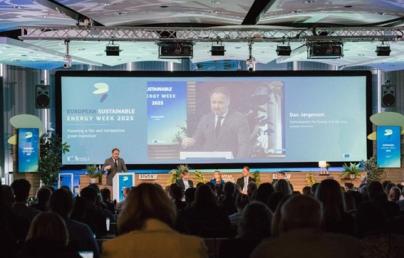
Smart windows: the state of the art

Smart windows: the state of the art
Smart windows, like electrochromic and thermochromic types, help reduce energy use by controlling heat transfer, but further research is needed to make them more efficient and suitable for diverse climates.
Global energy demand is rising due to urbanisation, technological progress, and industrial growth, with buildings contributing 30%-40% of energy use, primarily from heating, cooling, and ventilation systems. Windows exacerbate this issue by allowing heat to escape or enter, raising energy consumption.
Smart windows, particularly electrochromic (EC) models, offer a solution by adjusting transparency to block heat, reducing energy needs. However, they require electricity and have limitations in colder climates.
Thermochromic windows, which react to temperature, hold promise as they don’t need electricity and offer more dynamic control, though they require further development.
Research is ongoing, and smart window markets are expected to grow.

